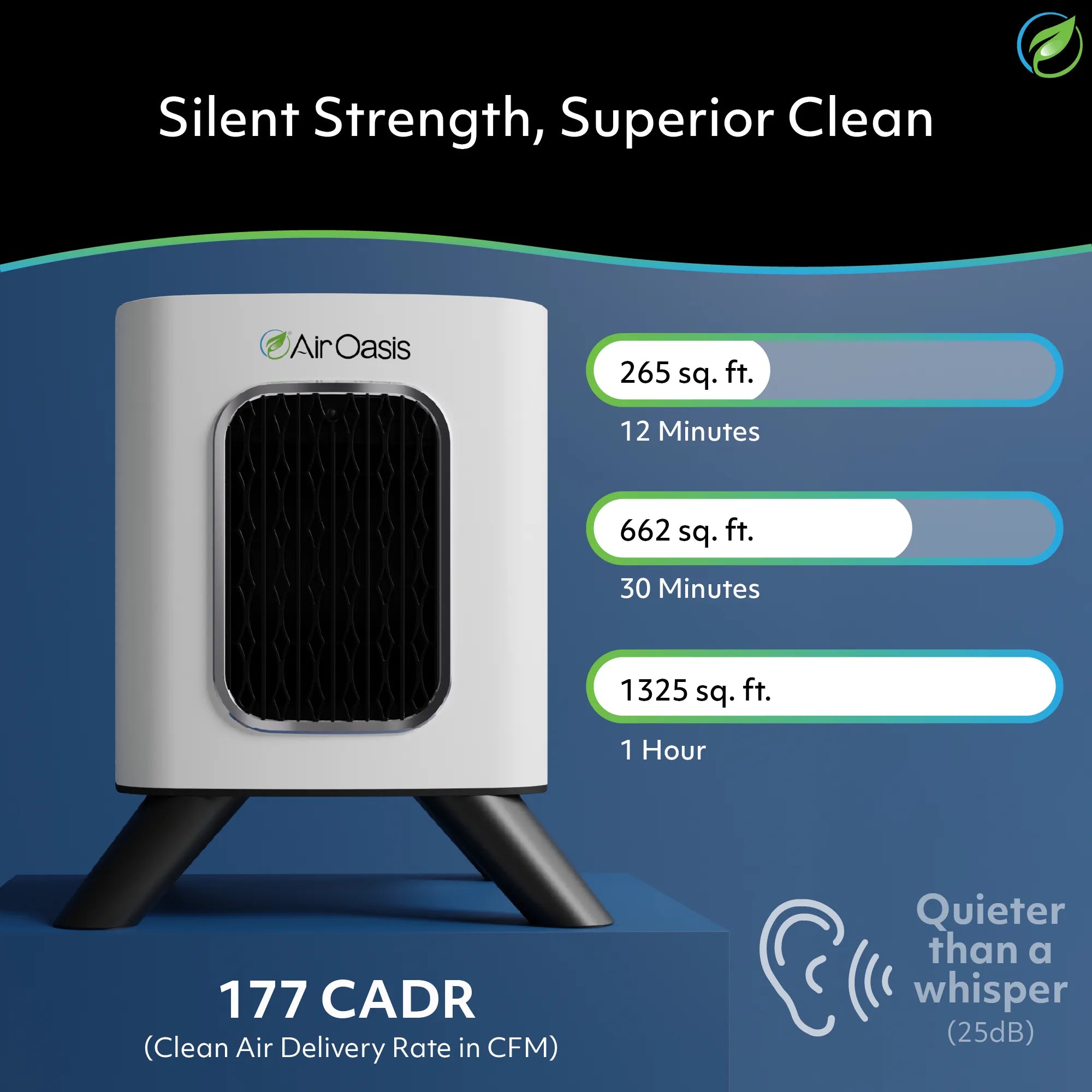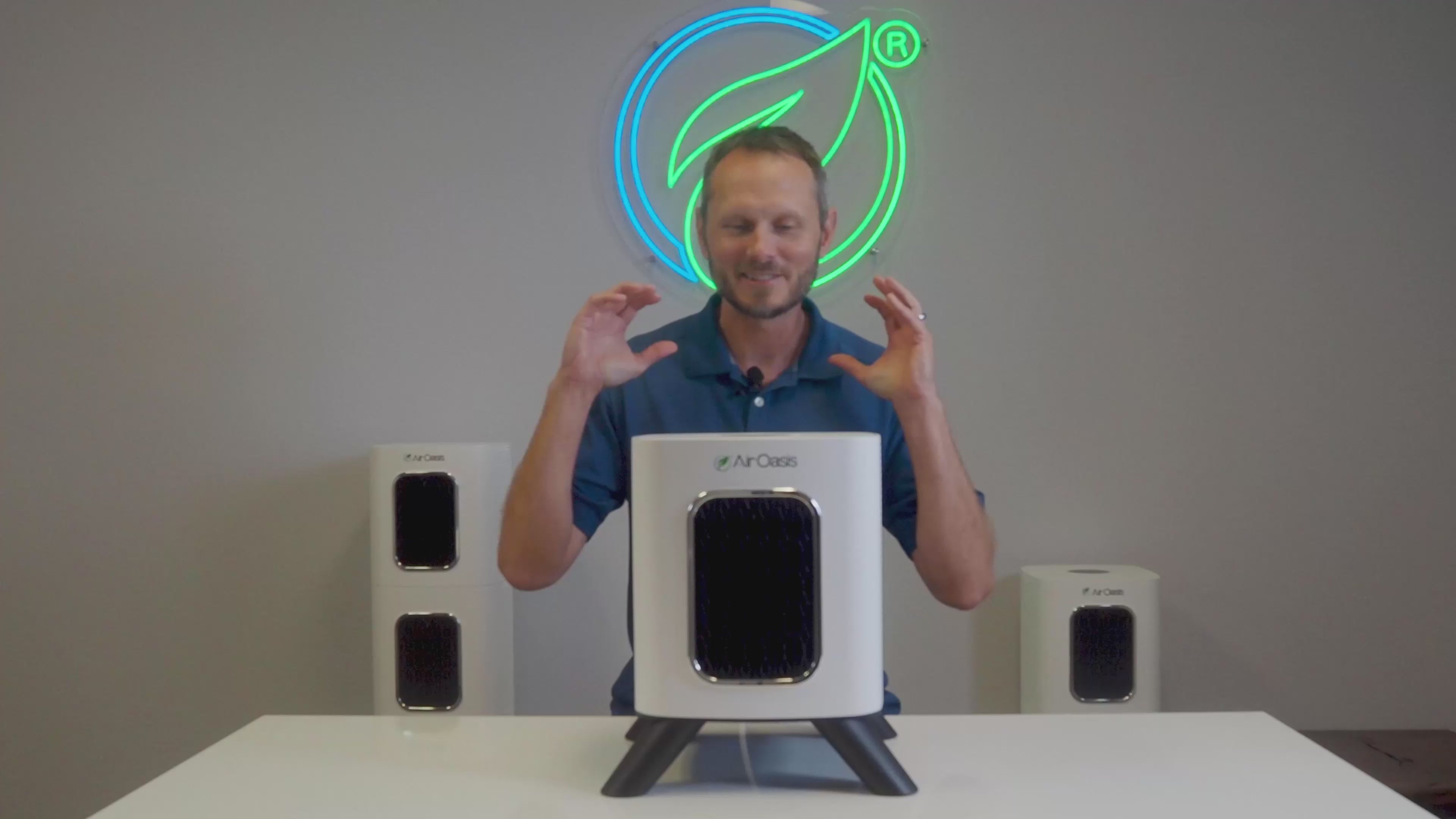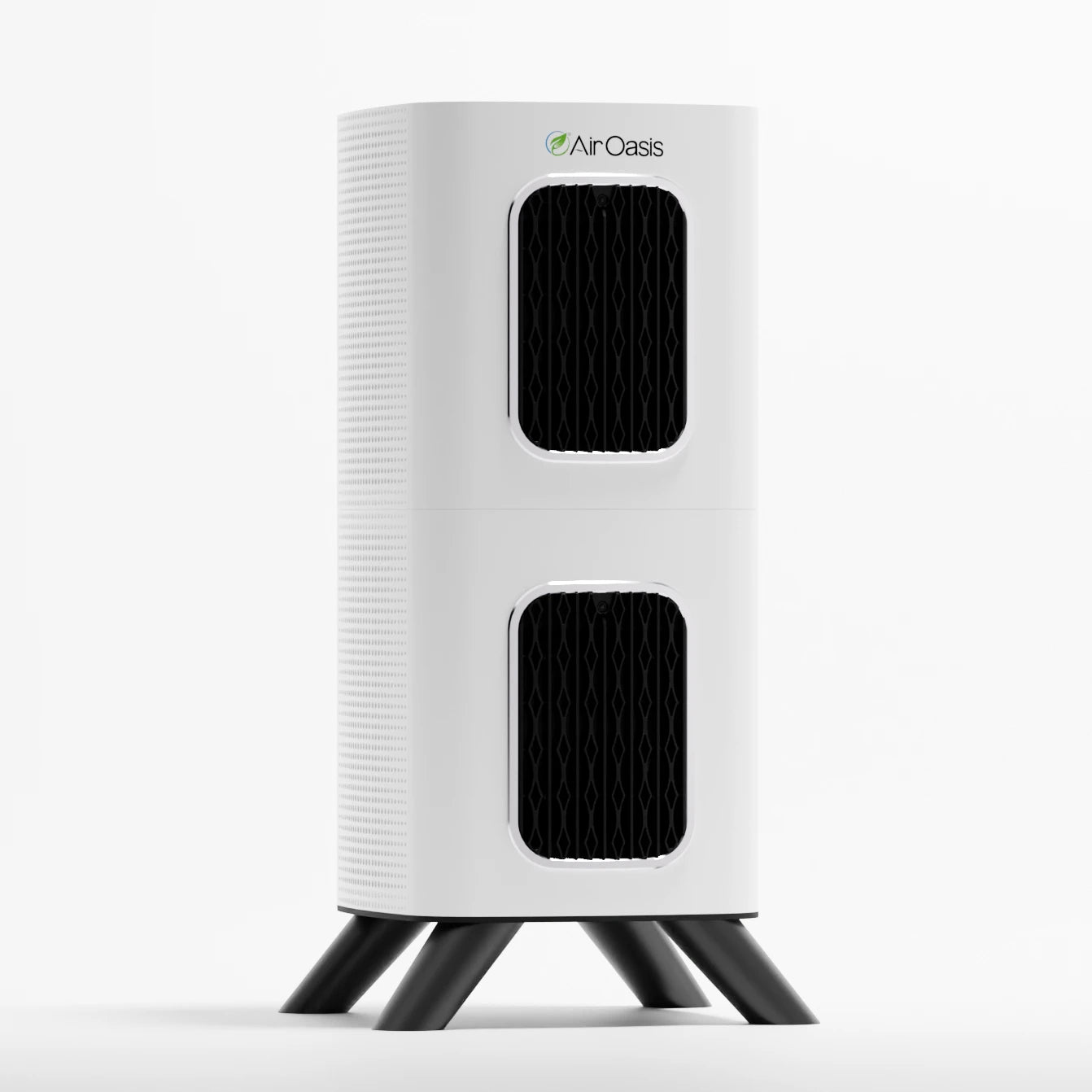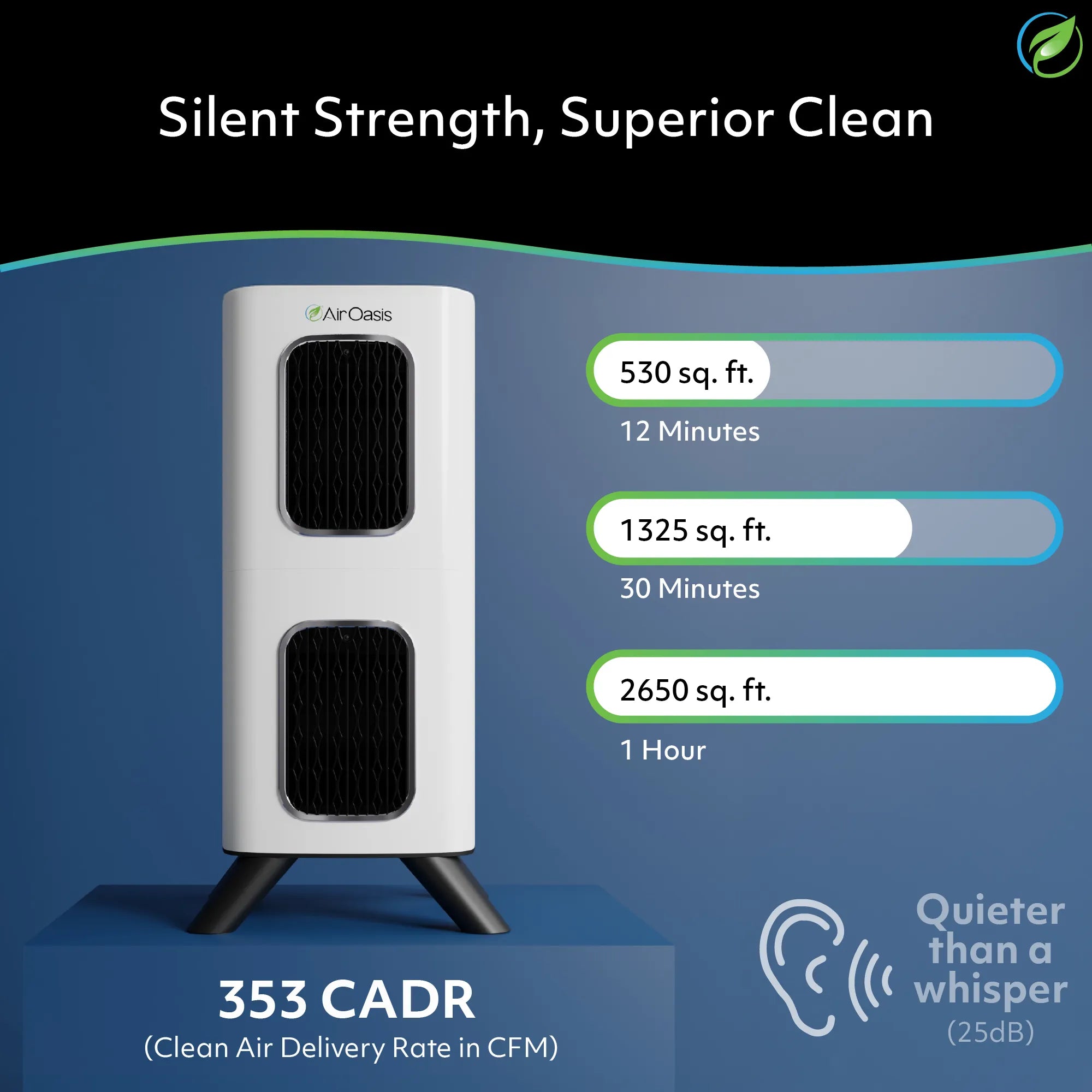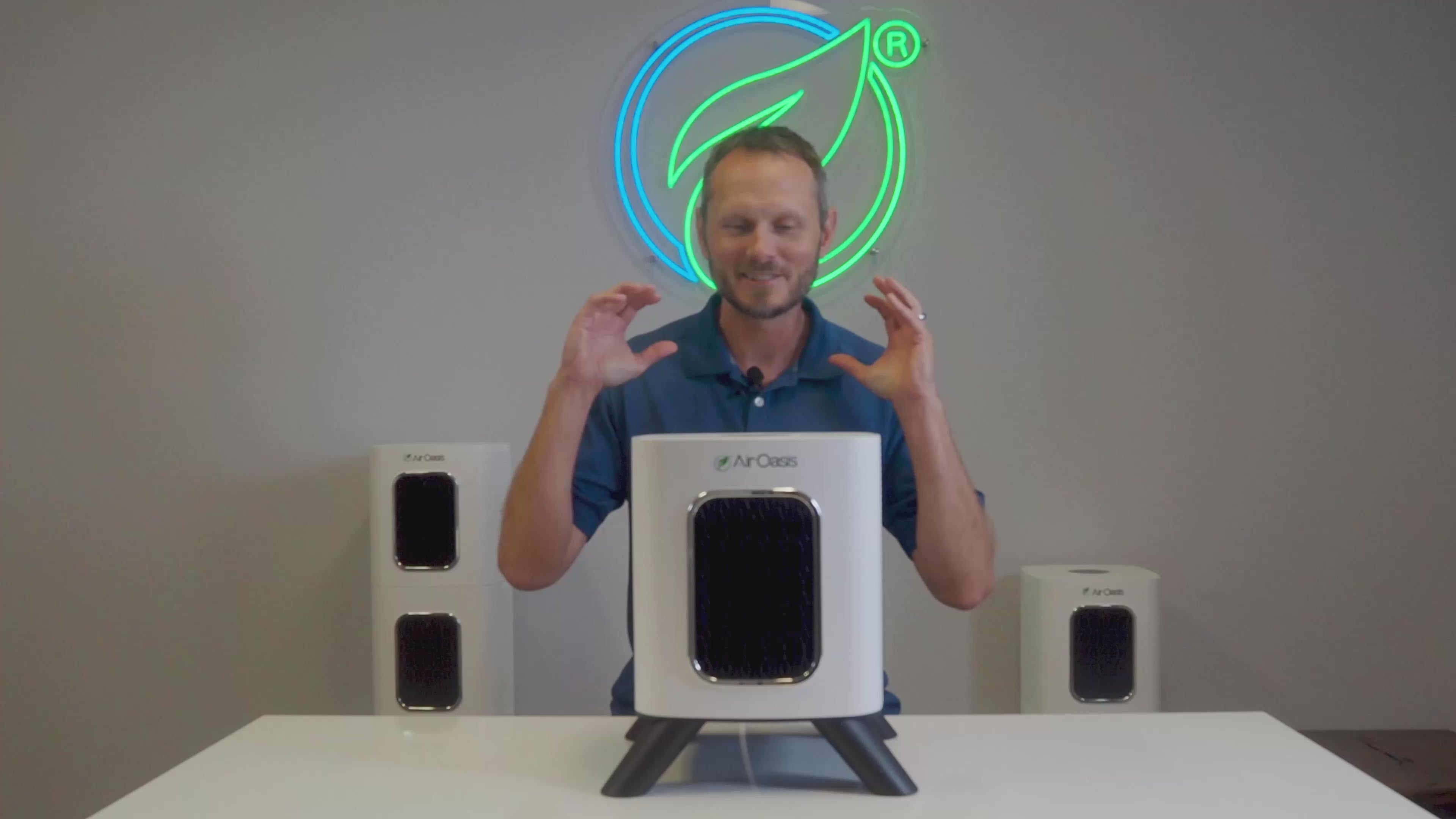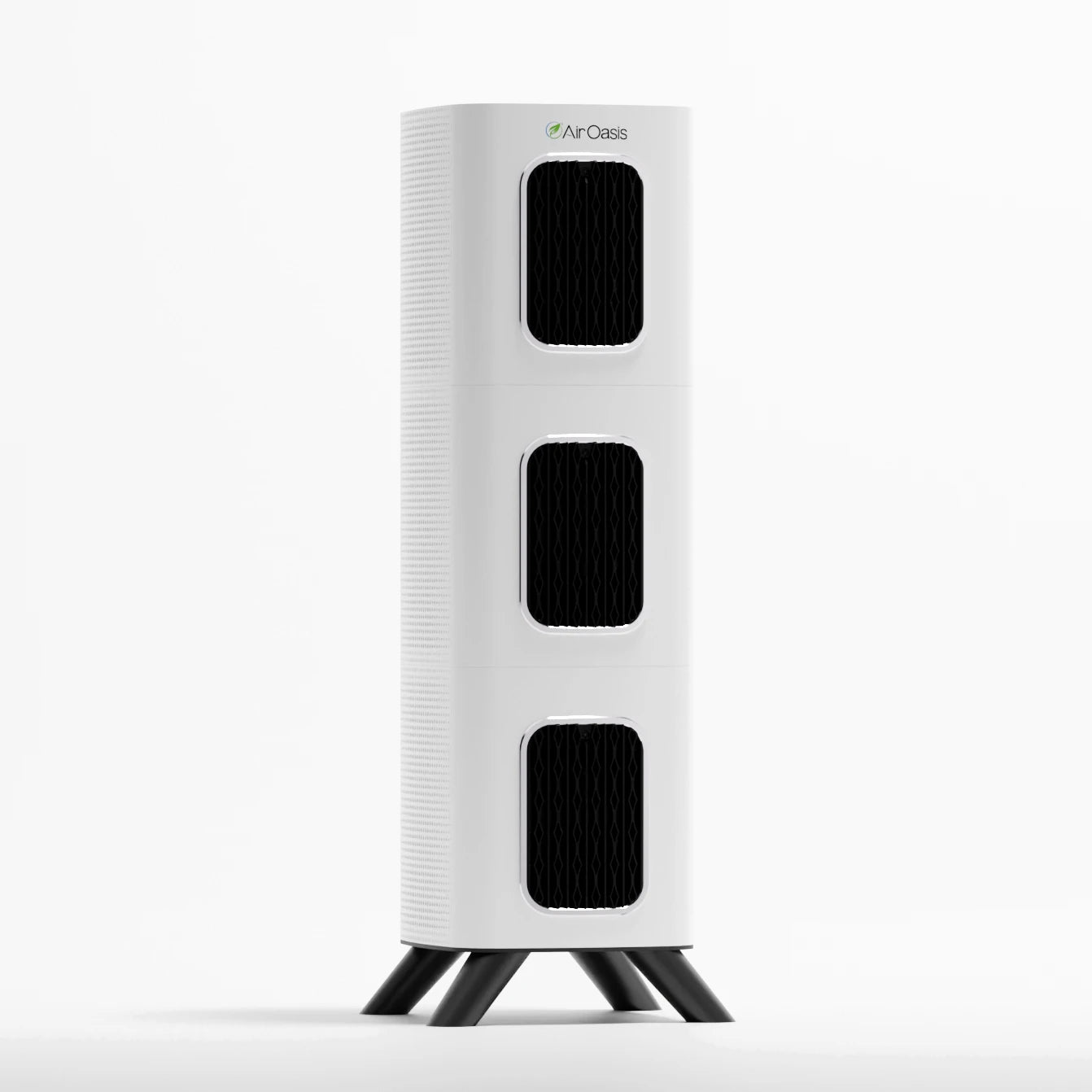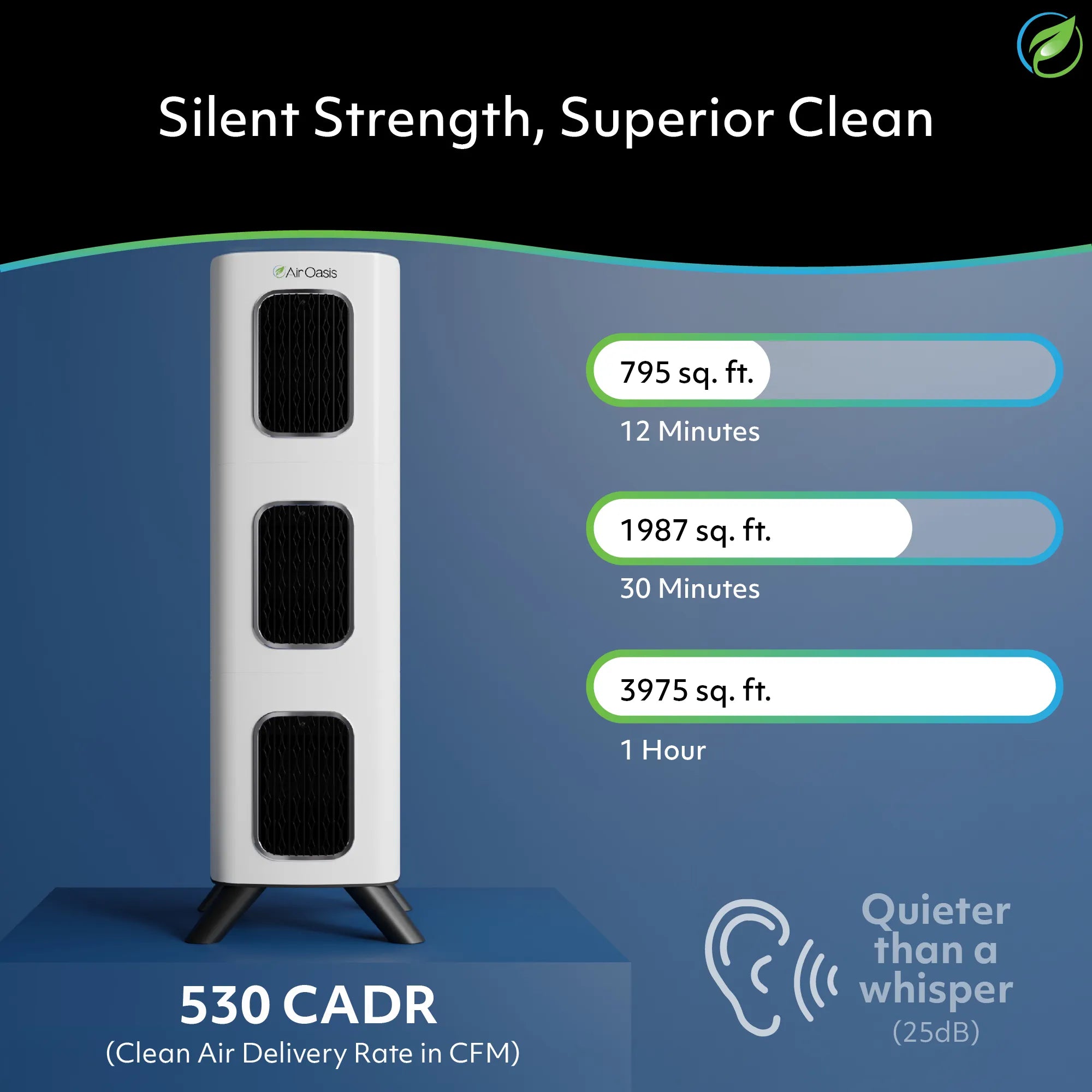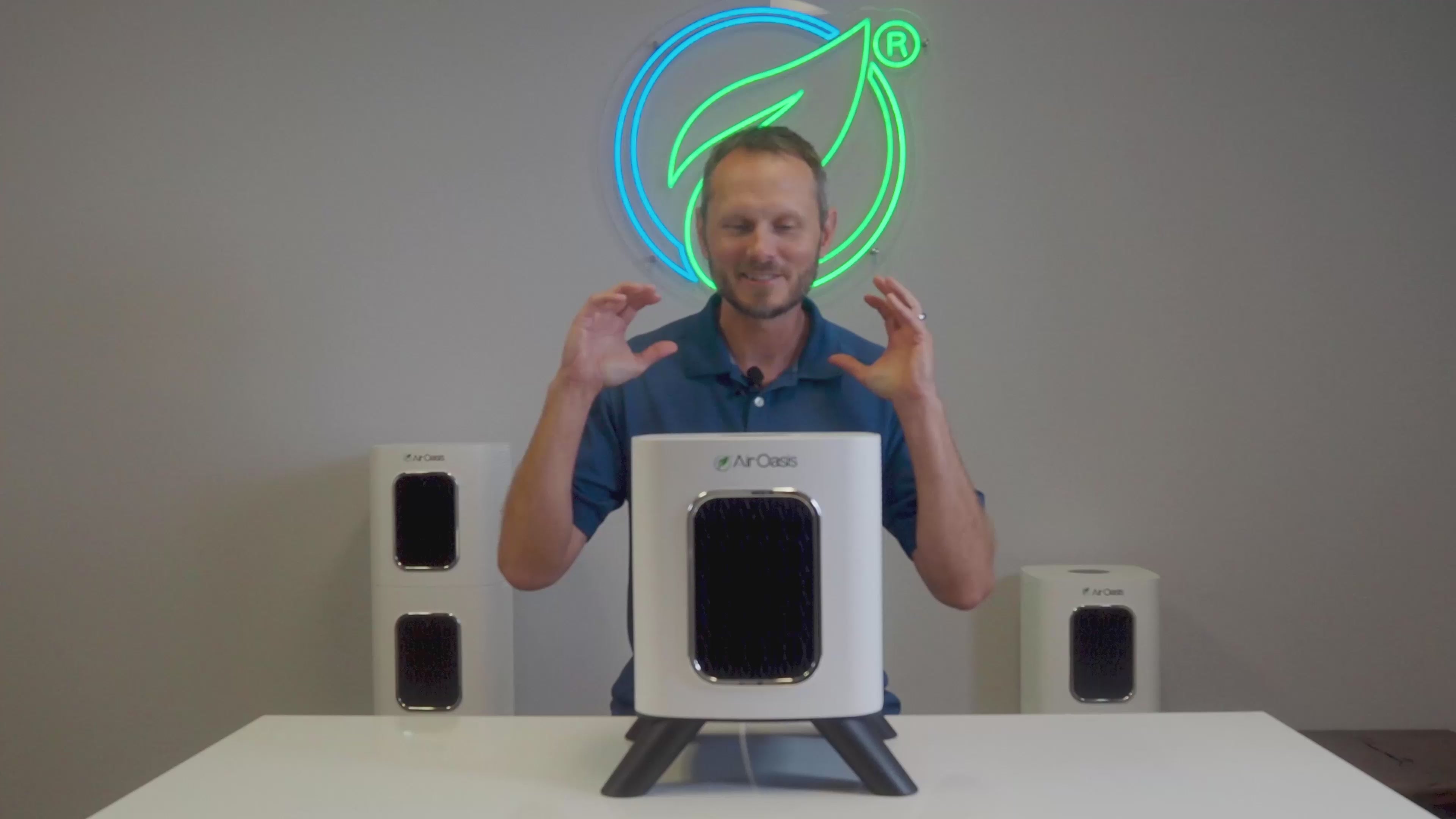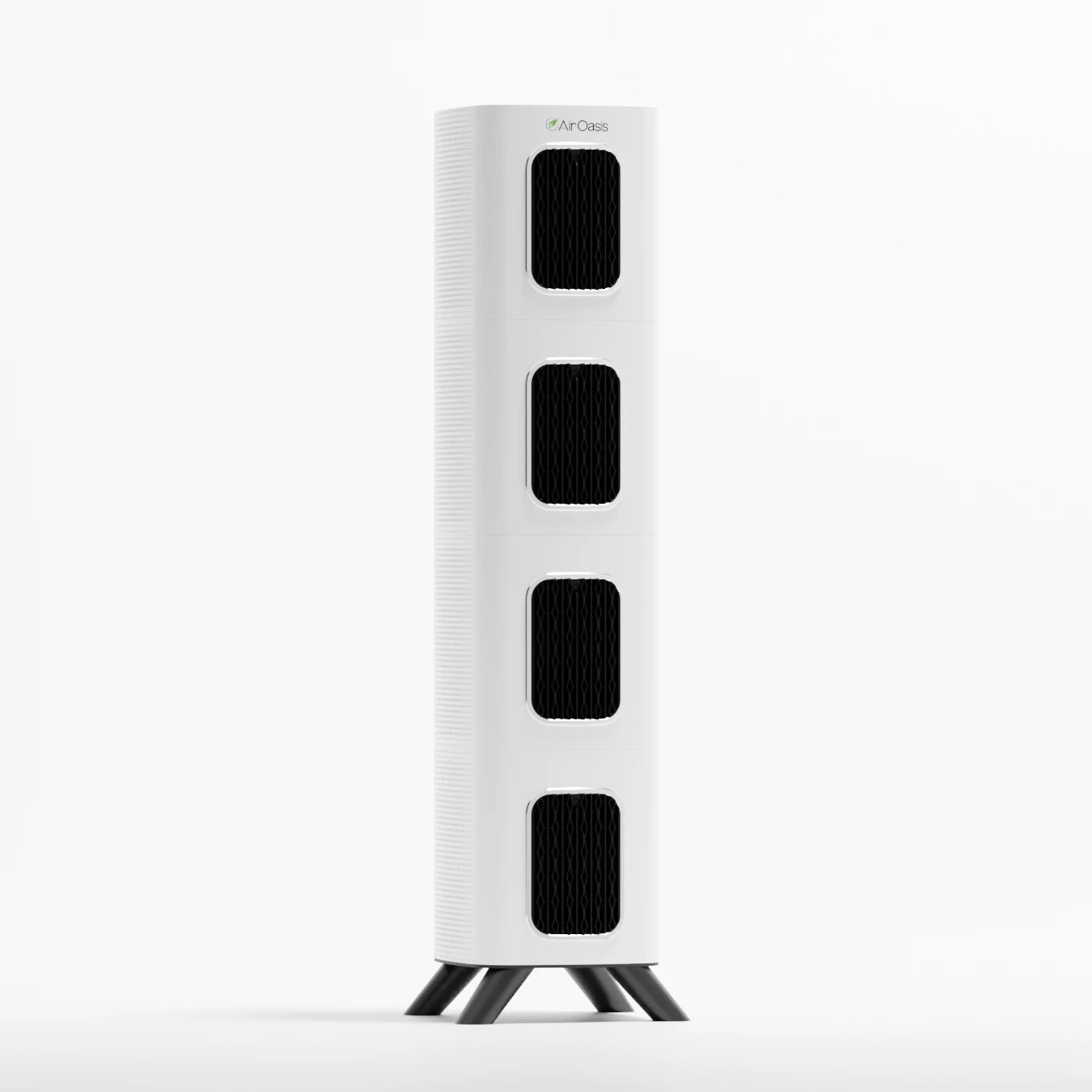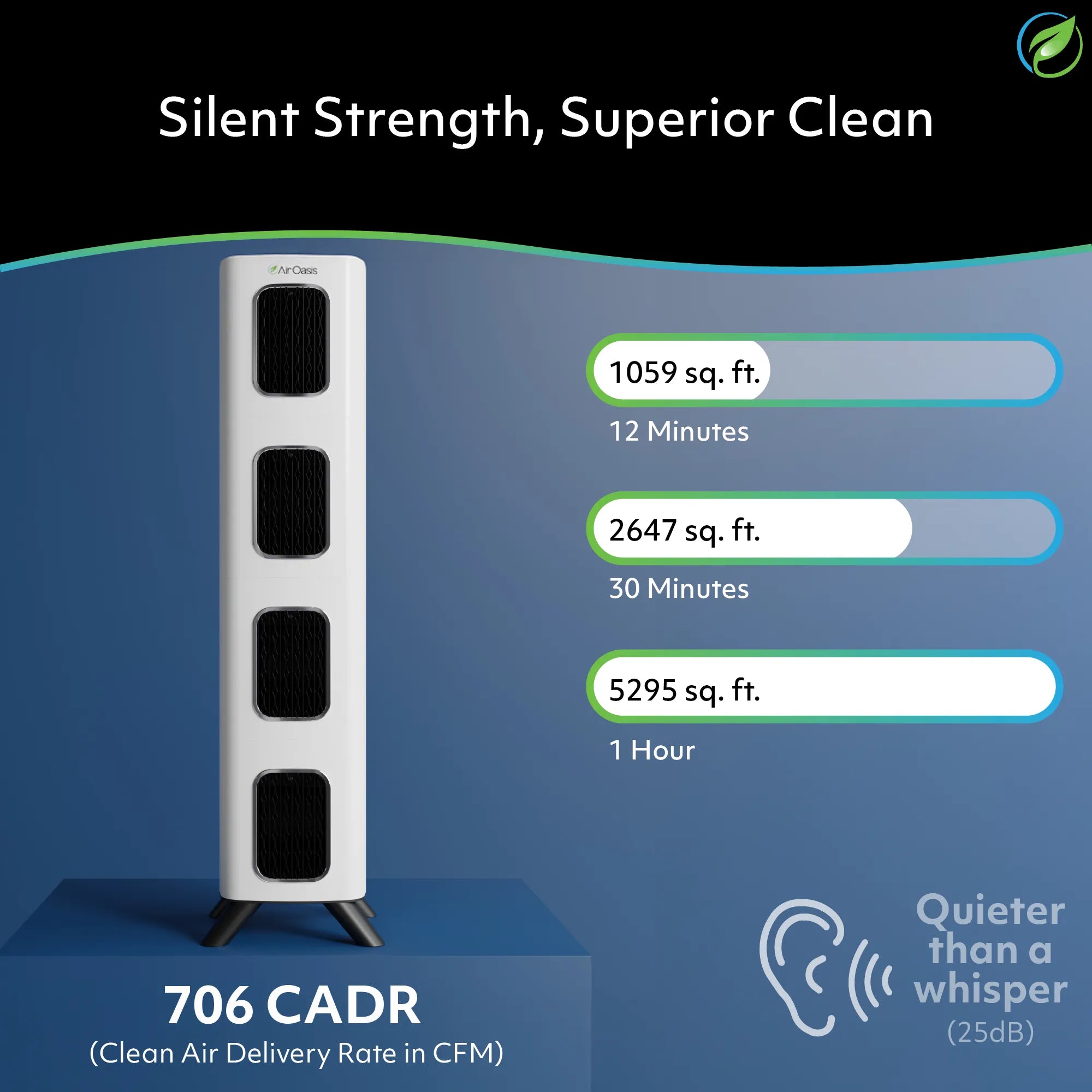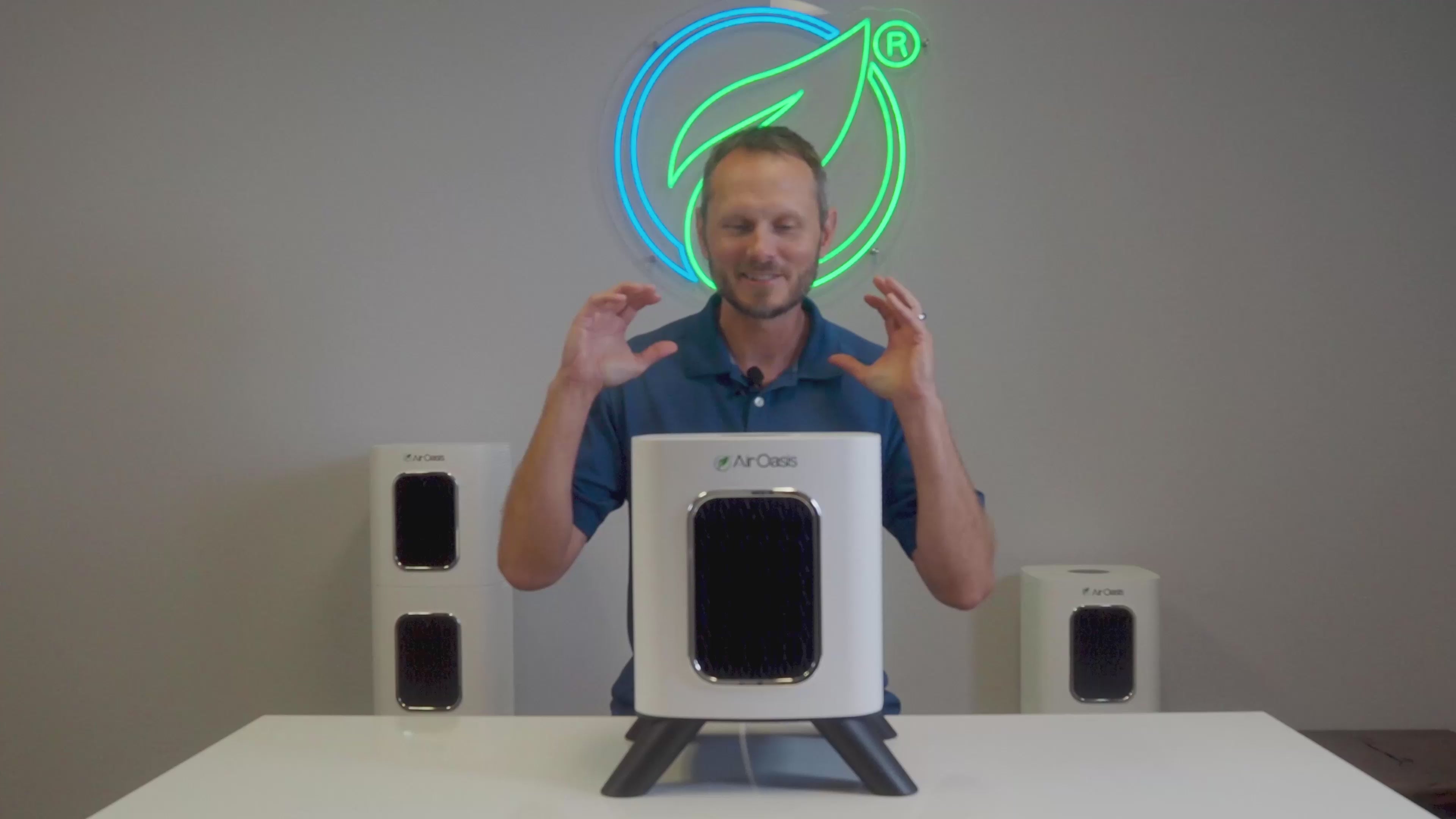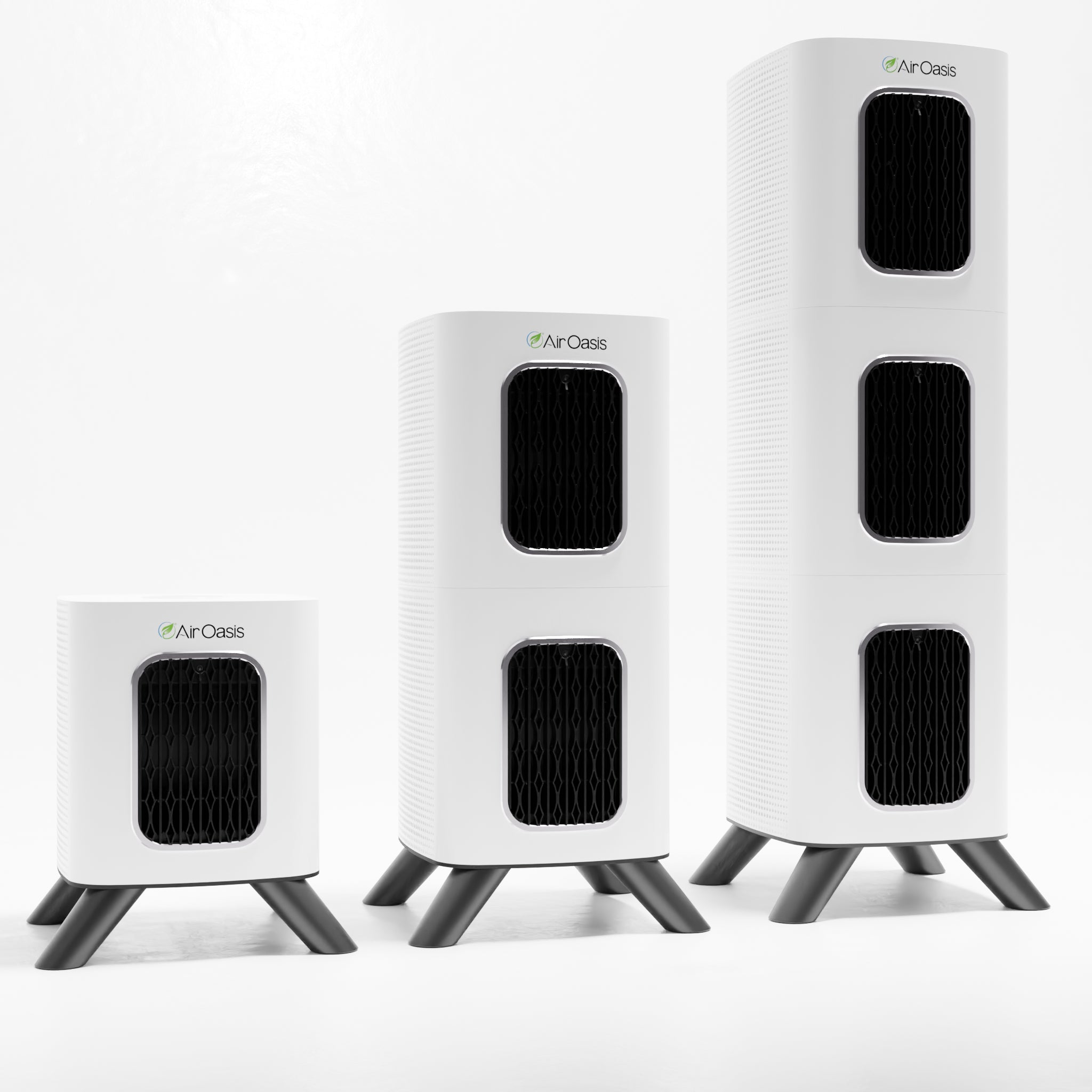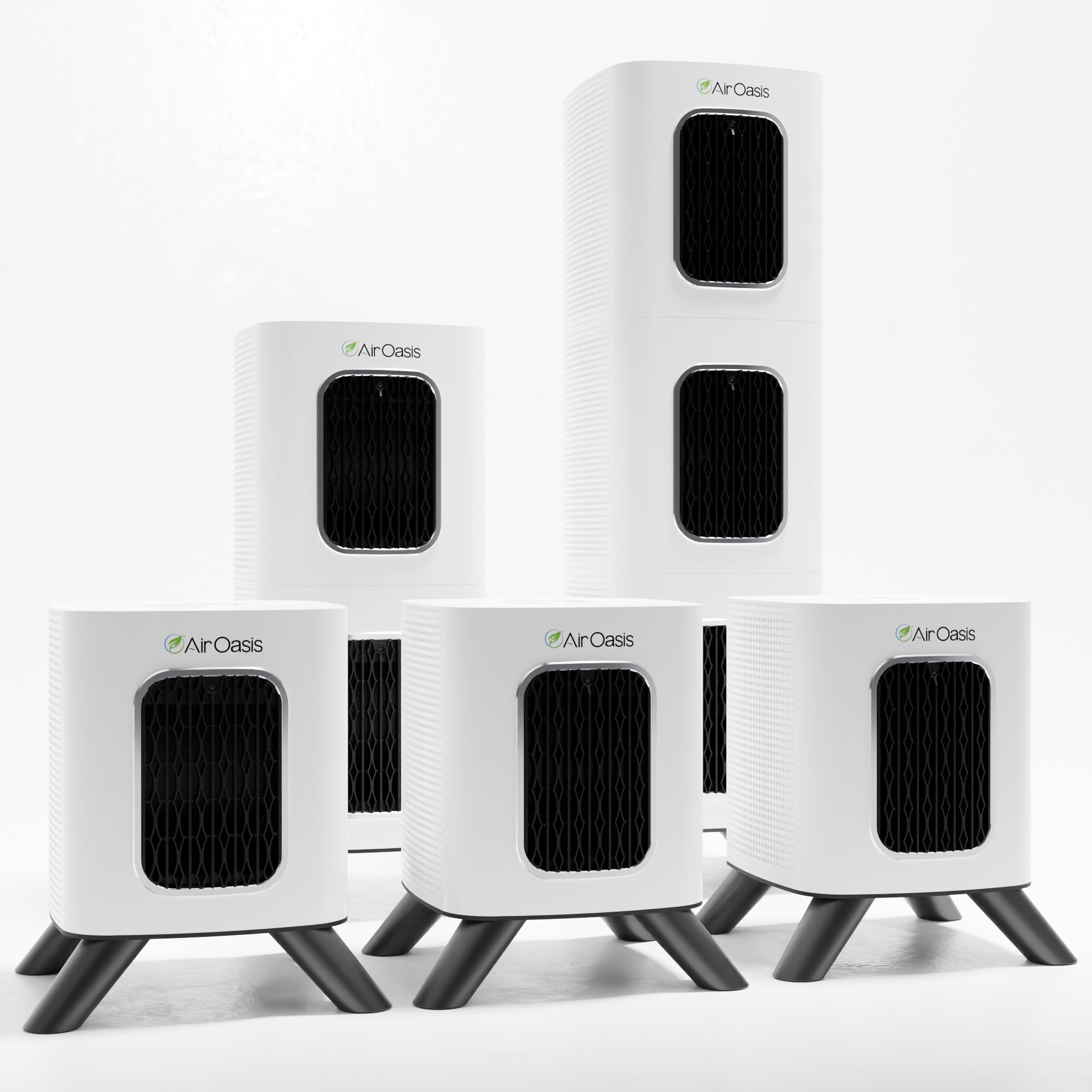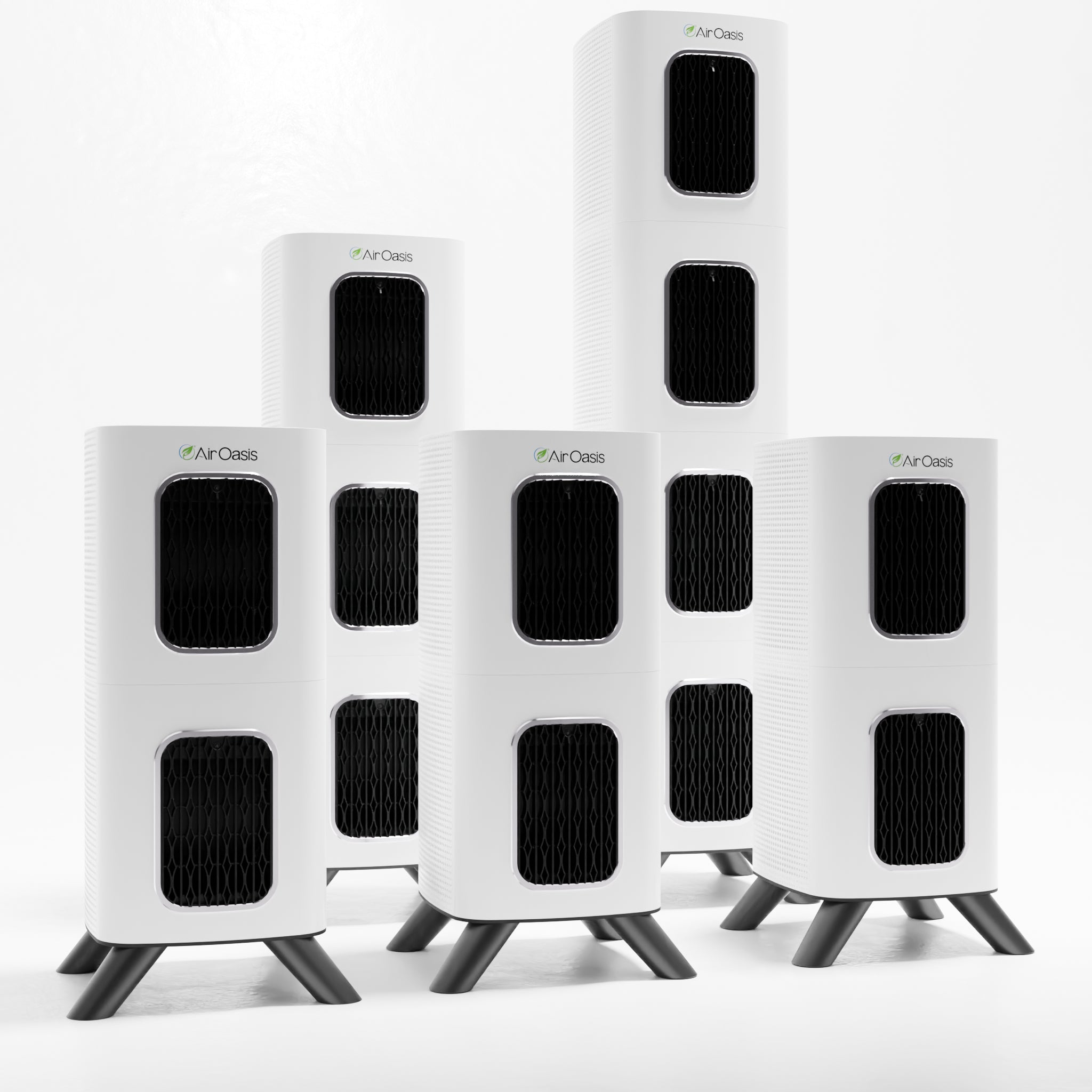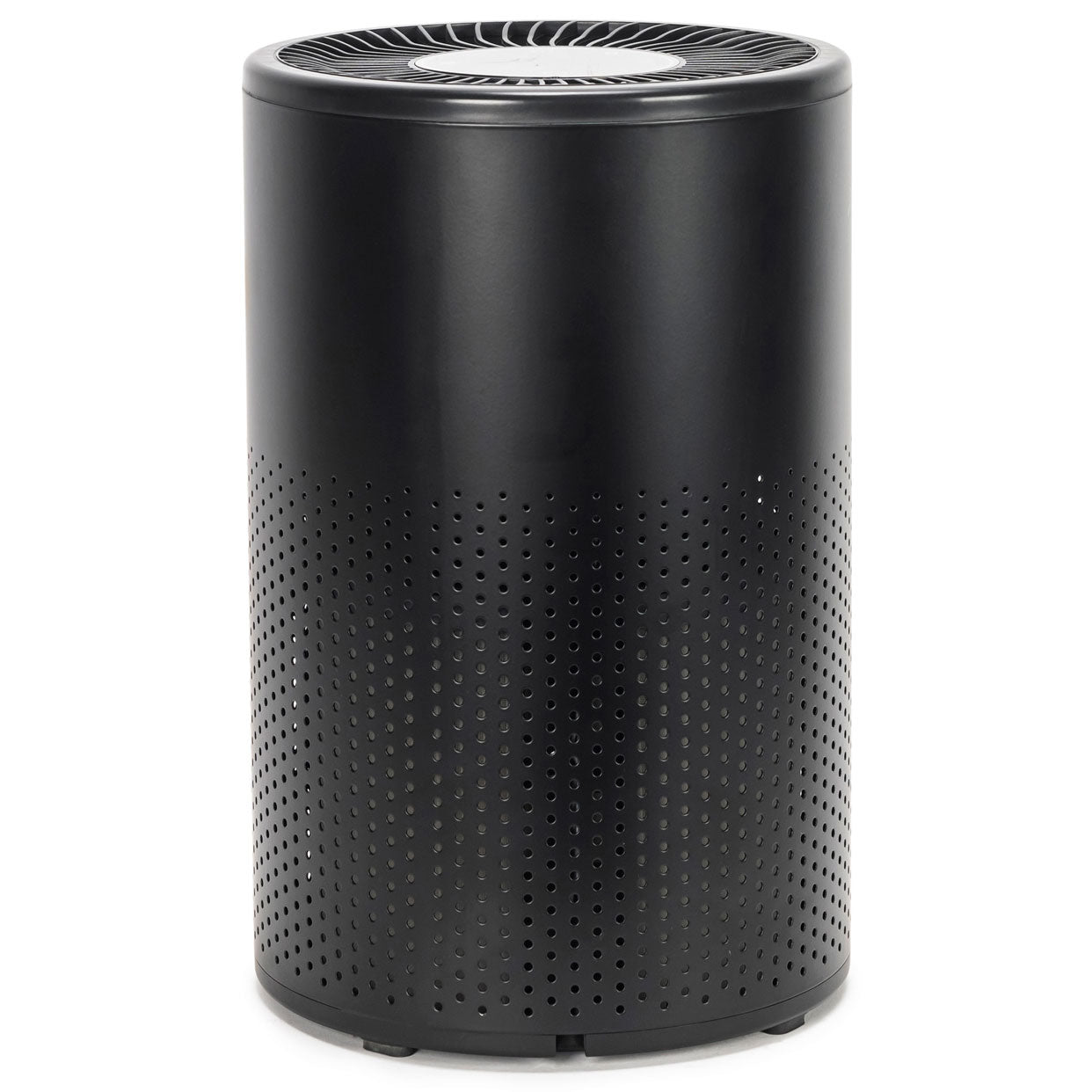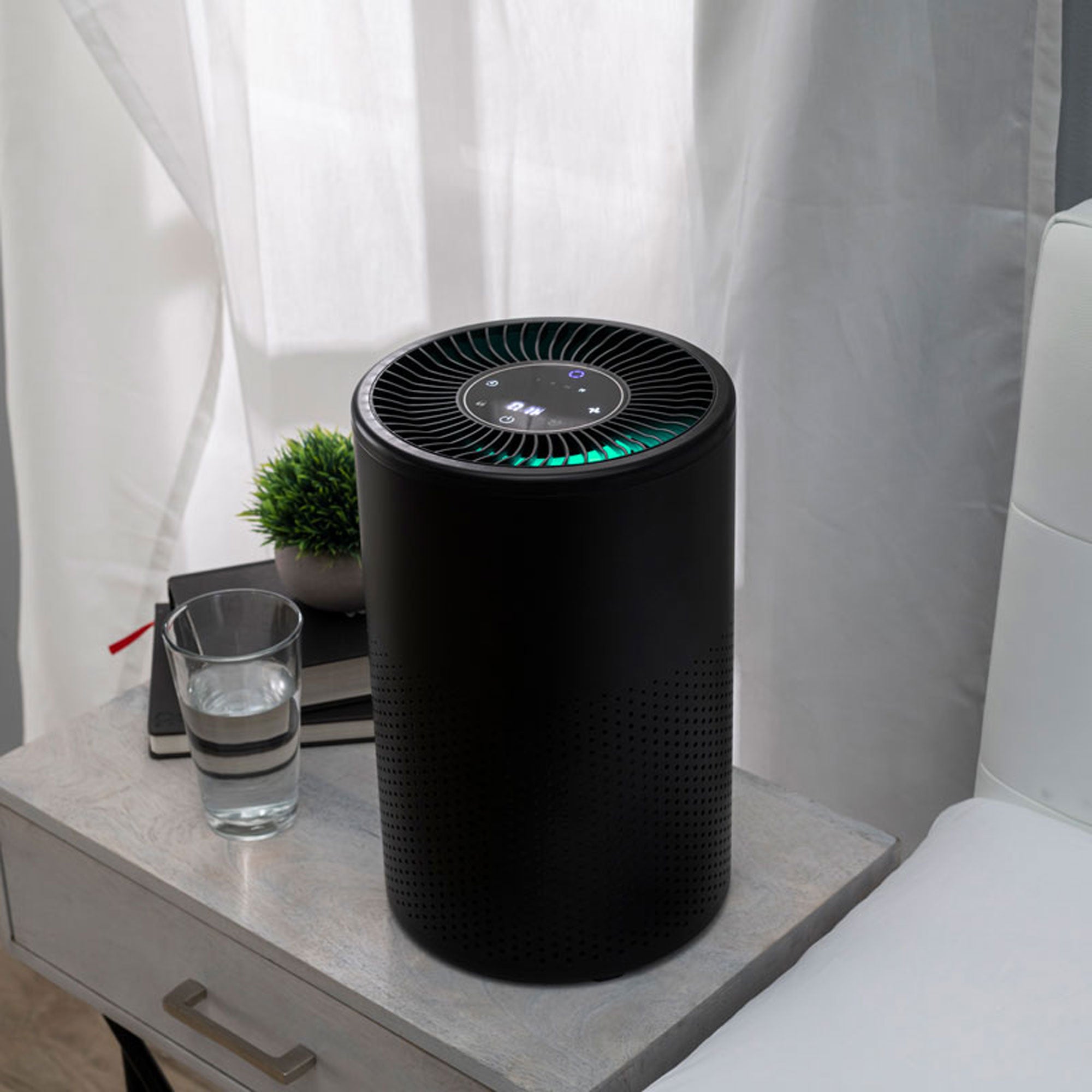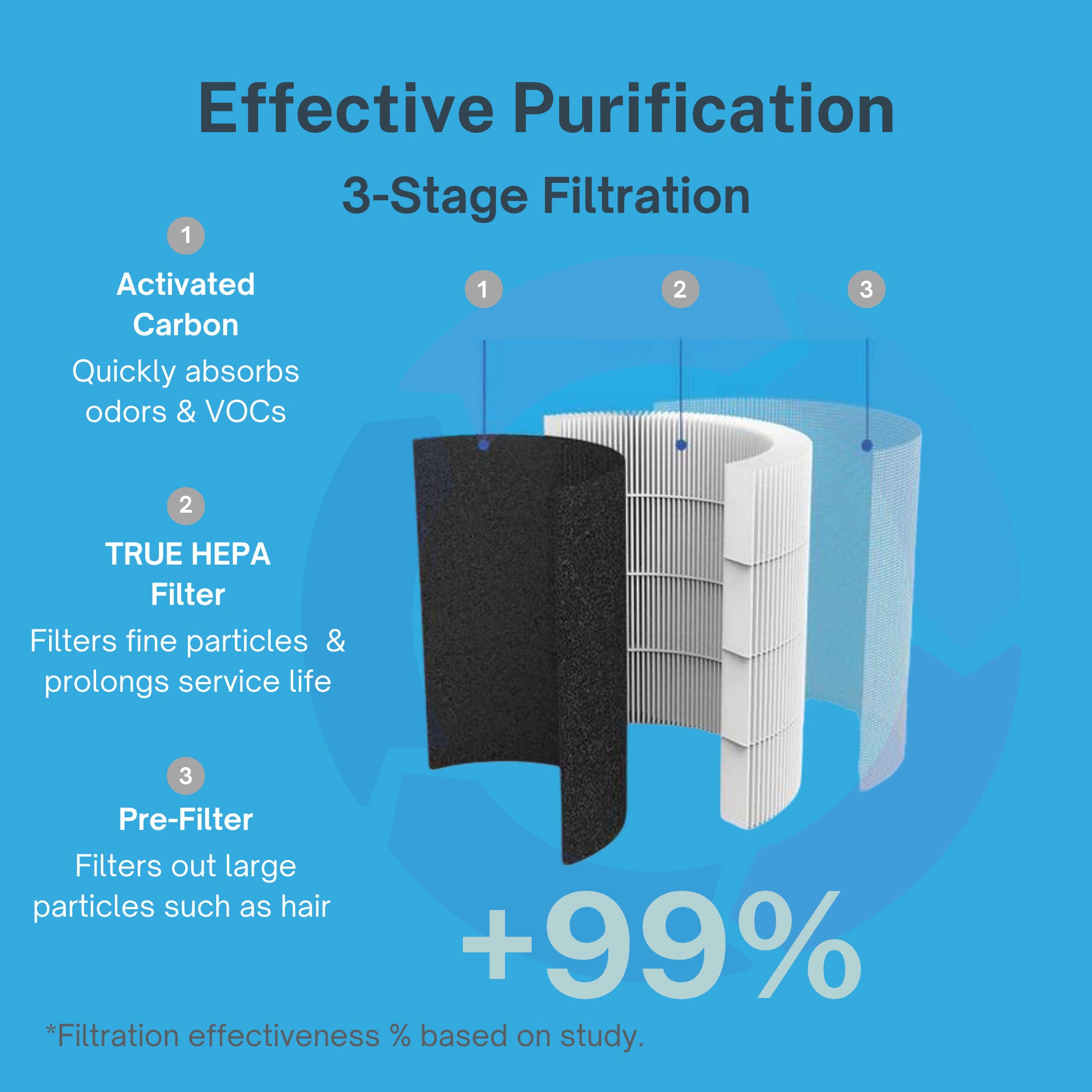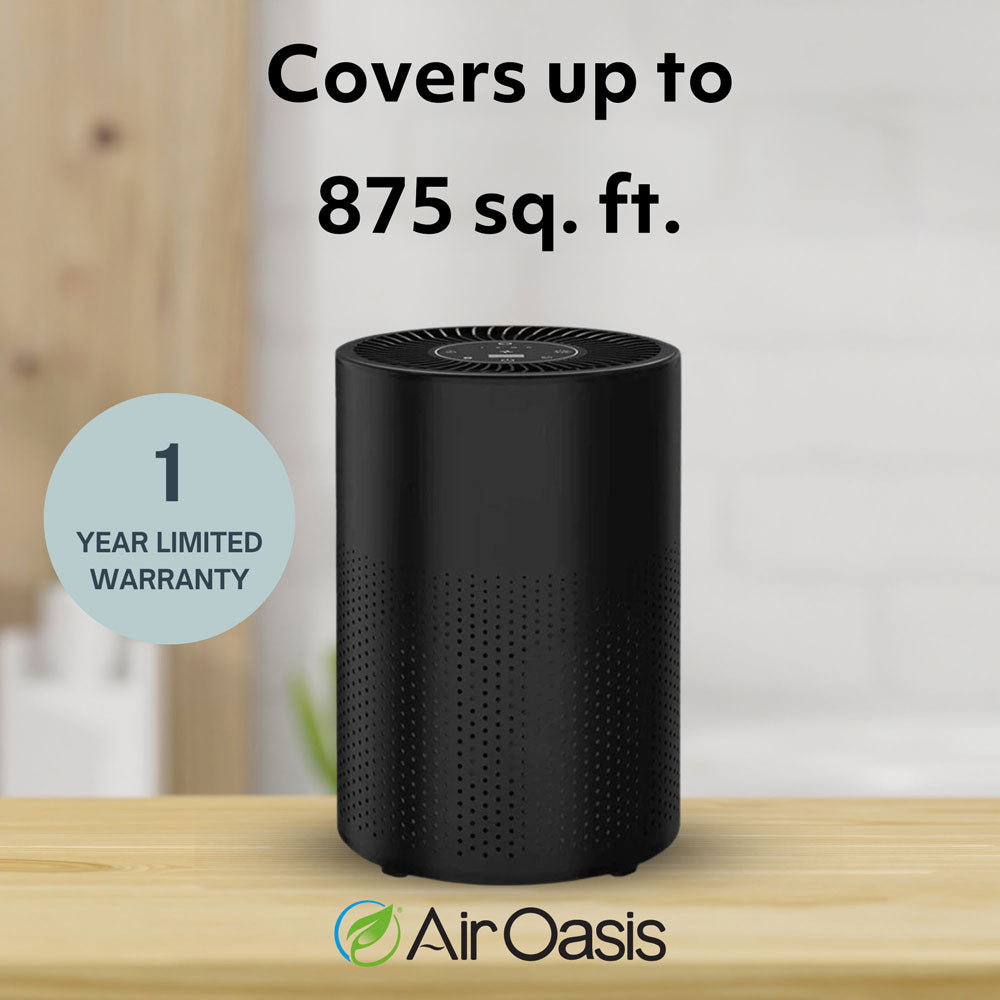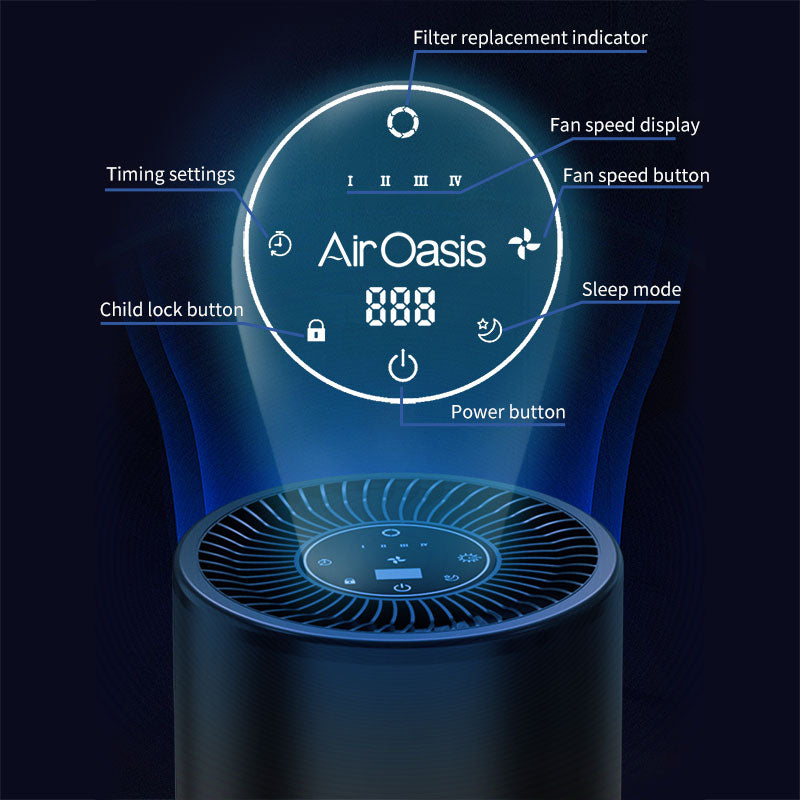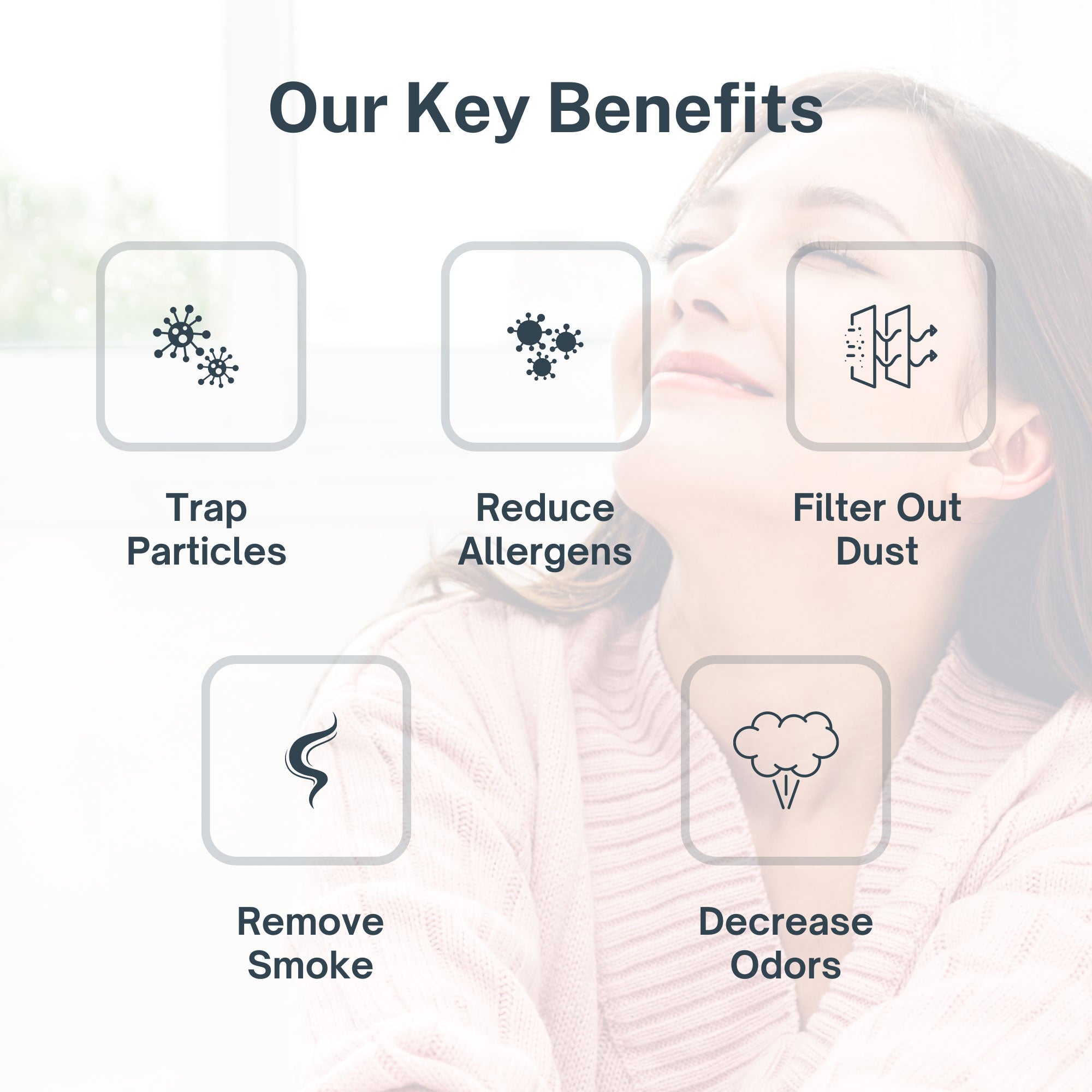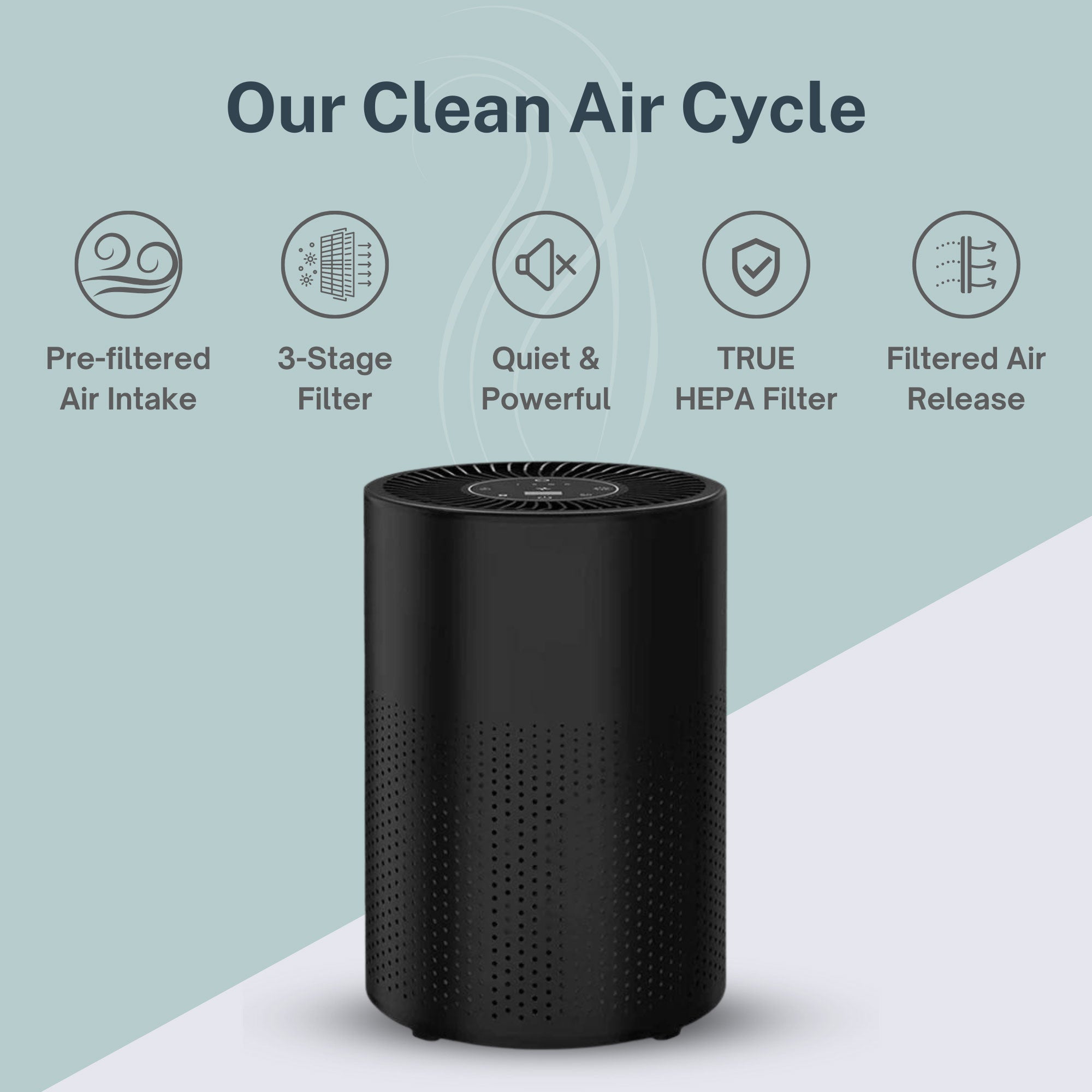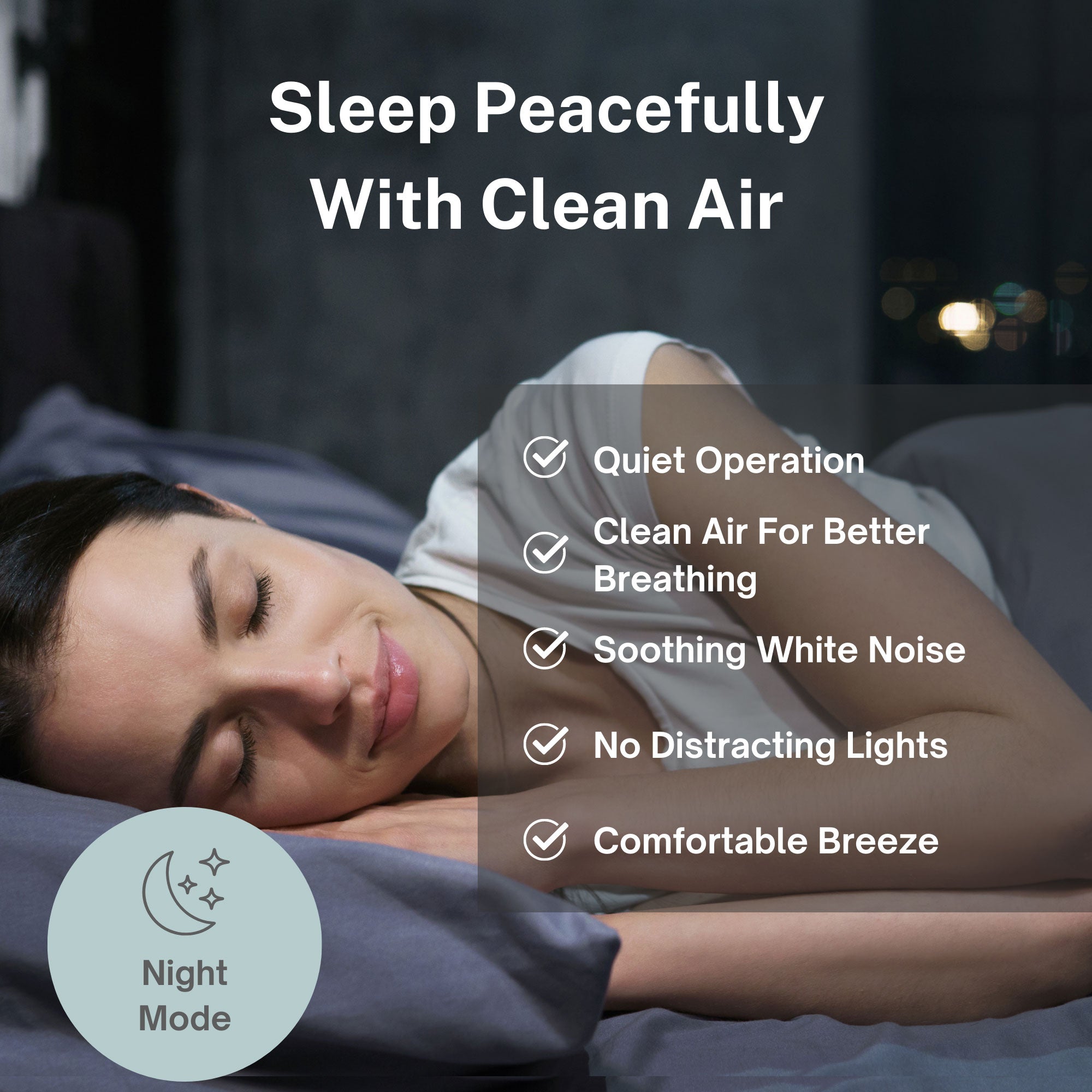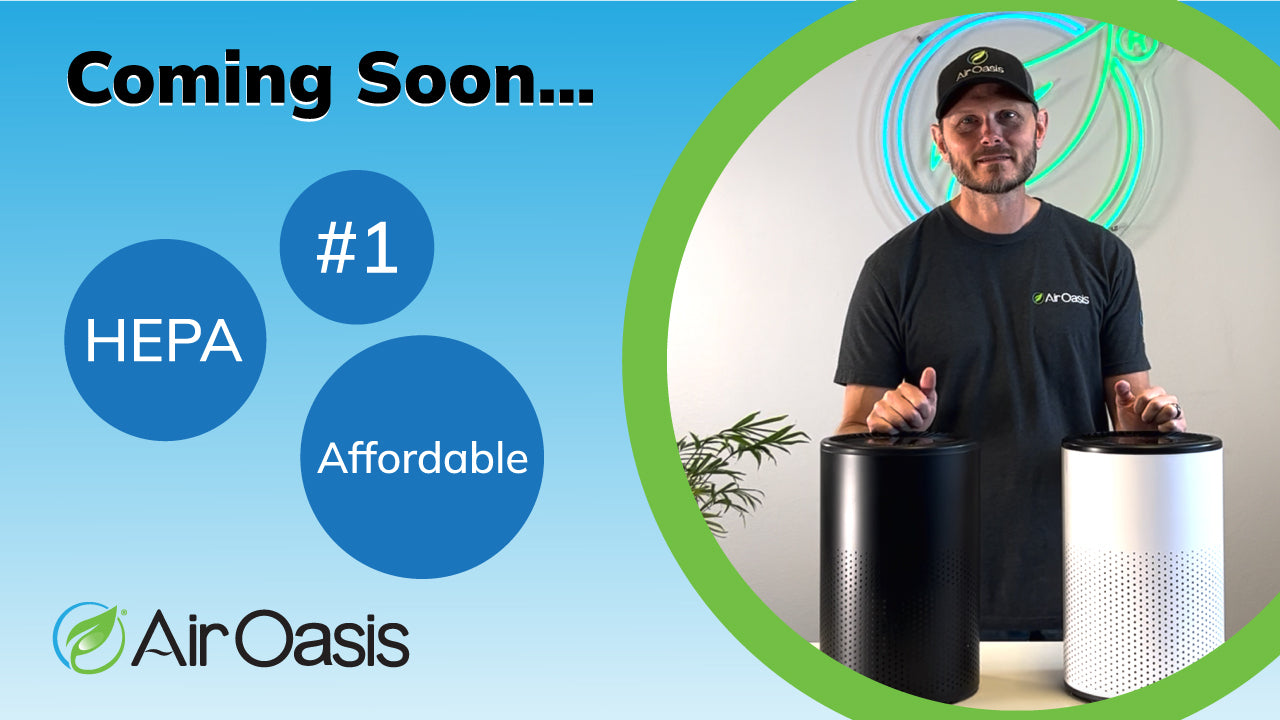The morning of June 14th brought a stark reminder that clean air isn't guaranteed, even in your own home. Delaware residents woke to find themselves breathing the worst air quality in the entire United States, with Air Quality Index readings reaching a dangerous 422 in Wilmington—classified as "hazardous" by federal standards. The culprit? Wildfire smoke from New Jersey's Mines Spung Fire, carried by unfortunate wind patterns and trapped by atmospheric conditions that turned New Castle County into a smoke-filled bowl.
This crisis illustrates a critical truth that health-conscious individuals must understand: outdoor air pollution doesn't stay outdoors. When AQI levels spike from "optimal" (below 50) to "hazardous" (above 300) in a matter of hours, your home becomes either your sanctuary or your trap. The choice depends entirely on whether you've taken steps to protect your indoor environment.
The Reality of Modern Air Quality Threats
Wildfire smoke contains a toxic mixture of particulates, gases, and chemicals that penetrate deep into lung tissue and enter the bloodstream. According to the EPA's research on wildfire smoke health effects, these microscopic particles can trigger immediate health responses including difficulty breathing, chest pain, and throat irritation, while long-term exposure contributes to cardiovascular disease and premature death.
What made Delaware's situation particularly dangerous wasn't just the fire itself, but the meteorological perfect storm that concentrated the smoke. National Weather Service meteorologist Joe DeSilva explained how an inversion layer—warm air sitting above cold surface air—trapped the smoke like a lid on a pot. Combined with northeast winds, this created a localized disaster that sent residents scrambling for protection.
The numbers tell a sobering story. At 9:45 a.m., Wilmington's AQI hit 227, while Newark reached 240—both in the "very unhealthy" range where everyone should avoid outdoor activities. By 3 p.m., conditions had improved to "moderate" levels in some areas, but Smyrna still registered "unhealthy" readings. This dramatic fluctuation demonstrates how quickly air quality can deteriorate and why passive protection strategies aren't enough.
For health optimization enthusiasts who track their wellness metrics, consider this: breathing air with an AQI of 422 is equivalent to smoking multiple cigarettes per hour. Every breath during those hazardous morning hours delivered inflammatory particles directly to your respiratory system, undoing weeks of careful nutrition, exercise, and wellness practices in a matter of minutes.
Your Home's Hidden Vulnerability
Most people assume their homes provide natural protection from outdoor air pollution, but this belief can be dangerously naive. Standard residential construction allows outdoor air to infiltrate through gaps, cracks, and ventilation systems. When Delaware's Department of Natural Resources and Environmental Control issued Code Red alerts advising residents to "keep vents, windows and doors shut," they acknowledged a fundamental limitation: sealing your home only works if you have clean air inside to begin with.
The reality is that typical homes exchange their entire air volume multiple times per day through natural infiltration. During Delaware's crisis, this meant hazardous particles were continuously entering homes despite closed windows and doors. Residents following official guidance to stay indoors may have reduced their exposure, but they weren't eliminating it.
This infiltration problem becomes even more concerning when you consider that indoor air can be up to five times more polluted than outdoor air under normal conditions, according to EPA indoor air quality research. Add wildfire smoke to an already compromised indoor environment, and you create a compounding health threat that sealed windows simply cannot address.
Advanced air purification technology represents the difference between passive hope and active protection. The iAdaptAir system from Air Oasis combines medical-grade HEPA filtration with UV-C sterilization and bipolar ionization to actively remove particulates while neutralizing harmful compounds—creating genuinely clean indoor air regardless of outdoor conditions.
The Health Optimization Connection
For individuals committed to peak wellness, air quality represents one of the most overlooked optimization opportunities. While you carefully curate your diet, exercise regimen, and sleep environment, the 20,000 breaths you take daily might be undermining every other health investment you make.
Research published in the Journal of Environmental Health Perspectives demonstrates that poor air quality directly impacts cognitive function, sleep quality, immune response, and cardiovascular health—all key pillars of optimal wellness. During Delaware's air quality crisis, residents weren't just breathing polluted air; they were experiencing acute inflammation, oxidative stress, and cellular damage that would take days or weeks to repair.
Consider the cascade of health impacts from just one day of hazardous air exposure. Fine particulate matter crosses the blood-brain barrier, potentially triggering neuroinflammation that impairs focus and decision-making. Respiratory irritation disrupts sleep architecture, reducing recovery and growth hormone production. Inflammatory responses tax the immune system, increasing susceptibility to infections and autoimmune reactions.
For biohackers and wellness enthusiasts who track biomarkers, wildfire smoke exposure would likely show up as elevated C-reactive protein, reduced heart rate variability, and disrupted circadian rhythms—measurable impacts that contradict optimization goals. The Delaware incident demonstrates why air quality cannot be treated as an external factor beyond your control; it must be actively managed as part of your wellness strategy.
Beyond Crisis Response: Building Long-Term Protection
The Delaware wildfire smoke event will pass, but the lesson it teaches about air quality vulnerability remains relevant year-round. Wildfire seasons are extending, urban pollution continues rising, and indoor air quality threats from VOCs, mold, and allergens persist regardless of outdoor conditions.
True health optimization requires moving beyond reactive measures to proactive protection. This means implementing comprehensive air purification that operates continuously, not just during visible crises. The Air Oasis iAdaptAir technology provides this continuous protection through multiple filtration stages that address both particulate and gaseous pollutants.
Advanced systems monitor and respond to air quality changes automatically, adjusting filtration intensity based on real-time conditions. During events like Delaware's wildfire crisis, this technology would have maintained clean indoor air while residents remained unaware of the outdoor disaster unfolding.
Taking Control of Your Air Quality Future
Delaware's air quality crisis offers a powerful lesson: clean air is not a given, and hoping for the best is not a strategy. Whether the threat comes from wildfires, industrial pollution, or everyday indoor contaminants, your health depends on taking active control of your breathing environment.
The residents who emerged from June 14th with minimal health impact were those who had already invested in comprehensive air protection. They didn't scramble to seal windows or search for masks; they simply continued breathing clean, purified air while the crisis raged outside.
Your wellness optimization journey isn't complete without addressing the foundation of all health: the air you breathe. Every breath is an opportunity to either support or undermine your body's systems. Make the choice to breathe better, and everything else—sleep, cognition, immunity, longevity—improves as a result.
Don't wait for the next air quality crisis to reveal your vulnerability. Take control of your indoor environment today and ensure that clean air becomes the foundation of your health optimization strategy. Shop Air Oasis today and love the air you breathe, no matter what's happening outside your door.






